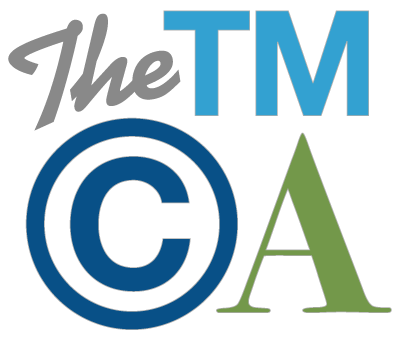Who Owns that Trademark? An Incomplete Answer Voids Application
 A recent Trademark Trial and Appeal Board decision sustained an opposition based on the applicant’s failure to identify a co-owner at the time the application was filed, resulting in the application being declared void ab initio. Pynk Branded, LLC v. BleuLife Media & Entertainment, Inc. (TTAB July 14, 2017) (non-precedential).
A recent Trademark Trial and Appeal Board decision sustained an opposition based on the applicant’s failure to identify a co-owner at the time the application was filed, resulting in the application being declared void ab initio. Pynk Branded, LLC v. BleuLife Media & Entertainment, Inc. (TTAB July 14, 2017) (non-precedential).
The principals of opposer Pynk Branded and applicant BleuLife were former business partners who had collaborated in starting Pynk magazine, a women’s fashion and lifestyle publication that was complementary to Applicant’s Bleu magazine. The principal of Pynk Branded was responsible for the creative work and business development in launching the magazine in 2010/2011 and running the operations of the magazine for several years. The relationship subsequently soured, and the two parties split. Opposer contended that there was a mutual understanding that each entity would walk away from their business arrangement with separate ownership of their respective intellectual property assets. In 2013, BleuLife applied to register the PYNK logo, claiming sole ownership of the mark and submitting as a specimen a Pynk magazine cover page from 2011. Pynk Branded opposed.
The proceeding had a complicated procedural history, including the failure of opposer to file a trial brief and the submission by both parties of documentary evidence outside of the record. However, relying on opposer’s timely-filed reply brief and properly-submitted trial testimony, the TTAB held that applicant BleuLife Media was not the sole owner of the PYNK logo mark. As the Board stated, “An application filed by one who is not the owner of the mark sought to be registered is void ab initio.” Neither party submitted a document memorializing their business relationship, nor did Opposer prove its allegation about the respective rights of the parties after termination of the business partnership. Notwithstanding these deficiencies, Opposer succeeded in meeting its burden of proof that it had at least a partial interest in the PYNK logo mark, based on its principal’s creative contributions to the logo and operational business role running the magazine after its founding. Accordingly, the Board declared the application void ab initio and sustained the opposition.
The easy lesson to learn from this case is that a written agreement is the way to go to confirm ownership of jointly-created trademarks and determine the respective rights of co-owners upon termination of their business collaboration. Even if there is no written memorialization of rights, the second takeaway from the Board’s decision in Pynk Branded is that an applicant can’t “fudge” a claim of sole ownership of a mark. If the evidence shows that there was joint ownership of a mark at the time of filing, an application filed in the name of a a partial owner risks being declared void ab initio in an opposition proceeding.







